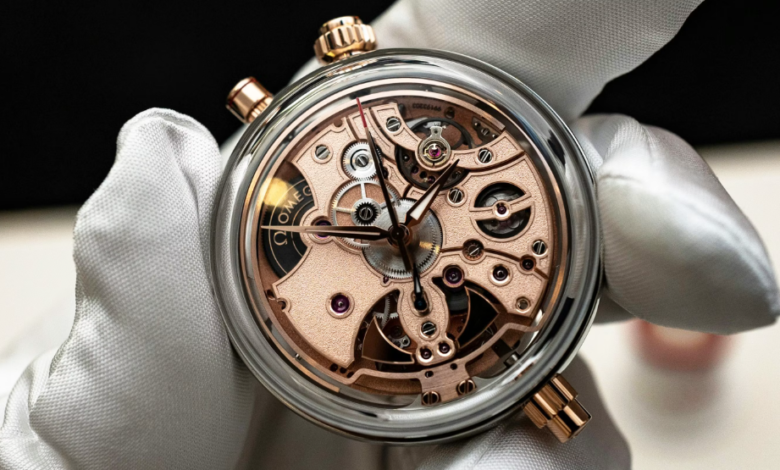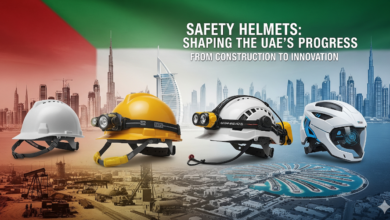Precision Matters: Tuning the Tech That Watches the Road for You

Cars today don’t just move us from A to B — they actively help keep us safe along the way. Features like lane-keeping assistance, adaptive cruise control, and emergency braking are powered by sensors and cameras that watch the road for hazards. But for these systems to work properly, they need to be finely tuned. That’s where adas calibration specialists come in, making sure the technology guiding your drive is as precise as it should be.
Why Calibration Isn’t Just a Technical Detail
Think of the sensors in your car as the eyes and ears of the vehicle. If they’re even slightly misaligned, the information they feed into safety systems can be off — sometimes by enough to put you at risk. For example, a forward-facing camera that’s just a few degrees out of place might misinterpret the position of another vehicle, leading to delayed braking or incorrect lane adjustments.
It’s easy to assume these systems work forever once installed, but in reality, everyday events like replacing a windshield, a minor collision, or even hitting a pothole can nudge sensors out of alignment. Regular calibration ensures that your car’s tech isn’t just functional, but reliable when you need it most.
Situations That Call for Calibration
Drivers often don’t realise how many ordinary maintenance tasks can affect advanced driver assistance systems. Some of the most common triggers include:
- Windshield replacement – Cameras mounted behind the glass need recalibrating after a new installation.
- Suspension or wheel alignment work – Changes in height or angle alter how sensors view the road.
- Body repairs – Even small bumps and dents can shift sensors slightly.
- Tire changes or rotations – These can influence the way the system interprets road conditions.
- Airbag deployment – After an accident, sensors often need to be reset to factory standards.
In short, if your car has been in the shop for almost any kind of repair, it’s worth asking whether calibration is needed.
How the Process Works
Calibration isn’t guesswork. It involves highly specific procedures carried out with specialised equipment. Depending on the vehicle, it may be done in one of two ways:
- Static calibration – The car is placed in a controlled environment, and sensors are adjusted using target boards, lasers, and computer software.
- Dynamic calibration – The vehicle is driven on the road at set speeds, allowing the system to recalibrate itself while technicians monitor the process.
In both cases, the aim is the same: to ensure that every camera, radar, or lidar unit is reading the road exactly as intended by the manufacturer.
The Cost of Skipping Calibration
It’s tempting to overlook calibration, especially when it feels like an extra step after a routine repair. But skipping it can have real consequences:
- Compromised safety – Systems like automatic braking or blind-spot monitoring may not trigger at the right time.
- Insurance issues – After an accident, an insurer could deny claims if safety systems weren’t properly maintained.
- Increased repair bills – Small alignment issues can snowball into bigger problems if not corrected early.
- Reduced resale value – A poorly calibrated car can fail inspections or lose appeal to buyers.
What might feel like a small detail today could mean the difference between a near-miss and a serious accident tomorrow.
See also: Blockchain Beyond Cryptocurrency: Real-World Applications of Blockchain Technology
How Drivers Can Stay Proactive
You don’t need to be a technician to make sure your car’s safety systems are up to standard. A few proactive steps go a long way:
- Ask the right questions – When booking a repair, check if calibration will be necessary.
- Choose qualified workshops – Not every mechanic has the tools or training to handle advanced calibrations.
- Keep an eye on warning lights – Dashboard indicators often flag when sensors are out of sync.
- Schedule regular checks – Especially if you drive long distances, over rough terrain, or in urban traffic where sensors work hardest.
By treating calibration as part of normal car care, you ensure the technology designed to protect you is always ready.
Technology That Protects Needs Protection Too
Cars have come a long way from relying solely on mirrors and instinct. The advanced systems we now take for granted are quietly working to reduce accidents and make driving less stressful. But just like any other piece of precision equipment, they need attention.
Trusting professionals to handle calibration means you’re not just protecting the technology — you’re protecting yourself, your passengers, and everyone else on the road. And while it may feel like a small step, the peace of mind it brings is worth every bit of the effort.





